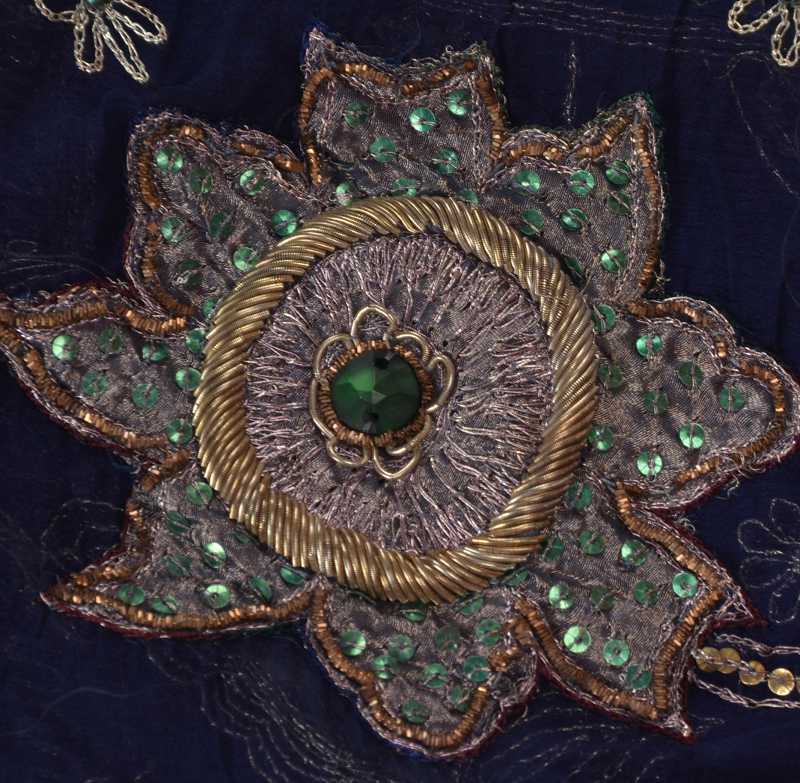===
0296,
5
===

=== |
 |
chāñd : 'The moon; ... ; a lunar month'. (Platts p.444)
chāñd dekhnā : 'To look out for, or to see, the new moon as soon as it is visible'. (Platts p.444)
mihr : 'The sun; —name of a Persian month in which falls the autumnal equinox (the month of September)'. (Platts p.1099)
mihr : 'Love, affection, friendship, kindness, favour; mercy, pity, sympathy, feeling'. (Platts p.1099)
FWP:
SETS == MIDPOINTS; WORDPLAY
MOTIFS
NAMES
TERMS == IHAM; WORDPLAY; ZILASRF has dissected out so much wordplay, you wouldn't think there could be anything left unmentioned. But in such a wordplay-rich verse, surely be-mihr too (see the two definitions above) will repay some special attention. It's positioned as what I call a 'midpoint': if we read it with the phrase before it, then it readily becomes a vocative: the beloved is being addressed with intimate grammar, and what more natural than to call her 'unkind [one]'? After all, in the ghazal world, it's an epithet that she almost always deserves.
And if we read be-mihr with the phrase after it, then it looks to be an adverb describing the way we would see the 'moon': it would be literally 'sun-less'. So we might see the moon without the (light of the) sun; astronomically speaking, this is of course an impossibility. Perhaps Mir knew this astronomical fact, and enjoyed using it to add one more fillip to his verse. Of course, the reference could also be to the 'moon' of a forehead-ornament [jhūmar].